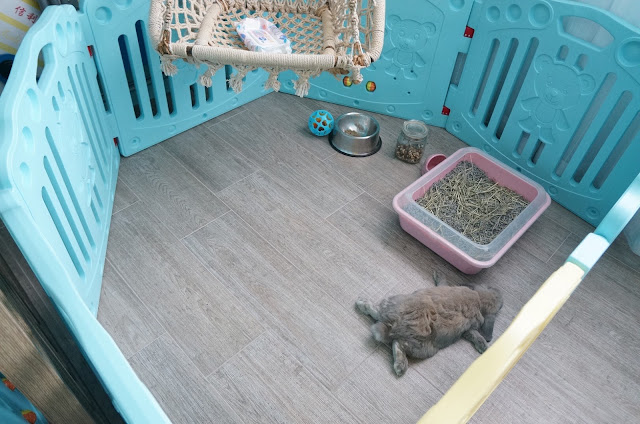Health Care and Sonograms

When expectant mothers go to the doctor to check on their pregnancy, one of the first procedures that the OB/GYN schedules is a sonogram. This unique tool allows the technician, the physician, and the Mom to see how the baby is developing. In some cases, the sonogram tech can predict the due date of the baby more accurately than the physician. Technically, the sonogram is a n image or graph representing a sound, showing the distribution of energy at different frequencies—a diagnostic medical image created using ultrasound echo (sonographic), equipment. A sonogram is the image generated during ultrasonography, which is a diagnostic imaging technique that uses ultrasound to visualize anything inside the body. Ultrasound is sound with a frequency above the range audible to humans, about 20 kHz. In common parlance, both words are used to refer to the ultrasonography procedure, according to Diffen. The sonogram also helps physicians observe growth of a fetus, calculate age and due date an...
